
Let's take a trip down memory lane (in our smallest, fastest cars, of course), back to when we were fresh-faced, young, and armed with posters on our walls of cars we imagined our dad surprising us with in the driveway (although he probably secretly wanted the car for himself).
Back then, before the back problems, the term "sports car" possessed certain magical connotations. It meant speed; it meant excitement, a touch of the exotic that whispered tales of twisty roads and roaring engines. Whichever sleek machine was labeled as such was immediately placed upon a pedestal, from which it could never be cast down, not even by a direct hit from a rogue shopping cart.
Fast forward a few years, and reality allows us to look at things a little more... objectively. Sadly, through these more scientific, slightly cynical eyes (and after a few too many failed project car builds), we've come to a crushing realization: some of those sports cars we once idolized are, well, a bit lame. Like finding out your favorite childhood superhero just pulls crypto scams now.
What Makes A "Bad" Sports Car?
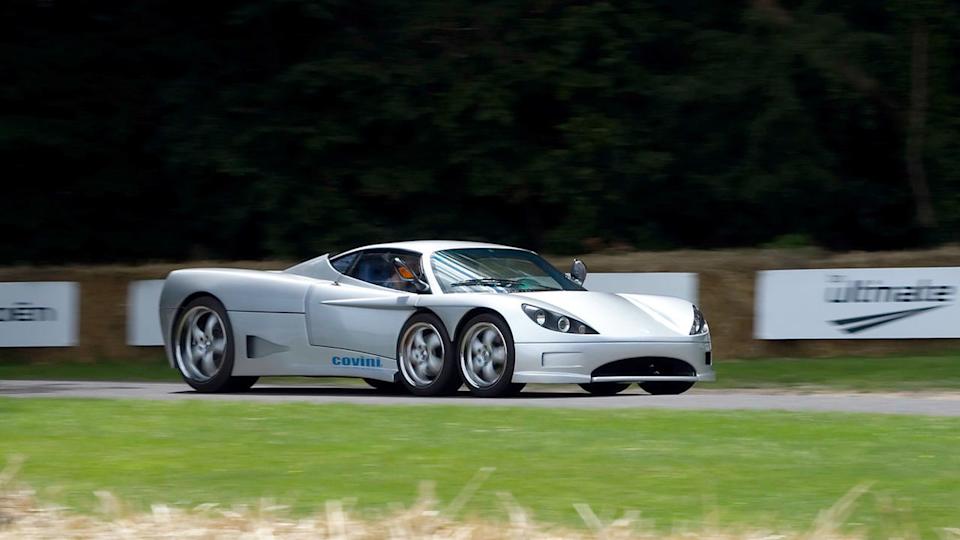
First of all, no, we don't dislike these cars. Just like you (and your buddy who keeps looking at C4 Corvettes on Facebook Marketplace), we are blinded by nostalgia and personal biases. You can never tell me the Mazda Miata is lame and slow — how can that be true when I'm smiling the entire time and it has winky headlights?
So, the question remains, what makes a sports car "bad" then? For us, it seemed like the solution was picking cars that had design features or reliability issues that negatively affected the sports cars' credentials. By using our own industry knowledge (read: countless hours wasted on internet forums and wrenching on questionable projects), combined with tech specs, user reviews (because everyone's a critic!), and consulting reputable sites like Top Gear (the Clarkson era, obviously) and Car & Driver, ladies and gentlemen, without further ado, we present our picks for 12 of the worst sports cars ever made.
Get ready to cringe, chuckle, and maybe even shed a single tear for what could have been if these sports cars were as awesome as you remember them in your dreams.
DeLorean DMC-12
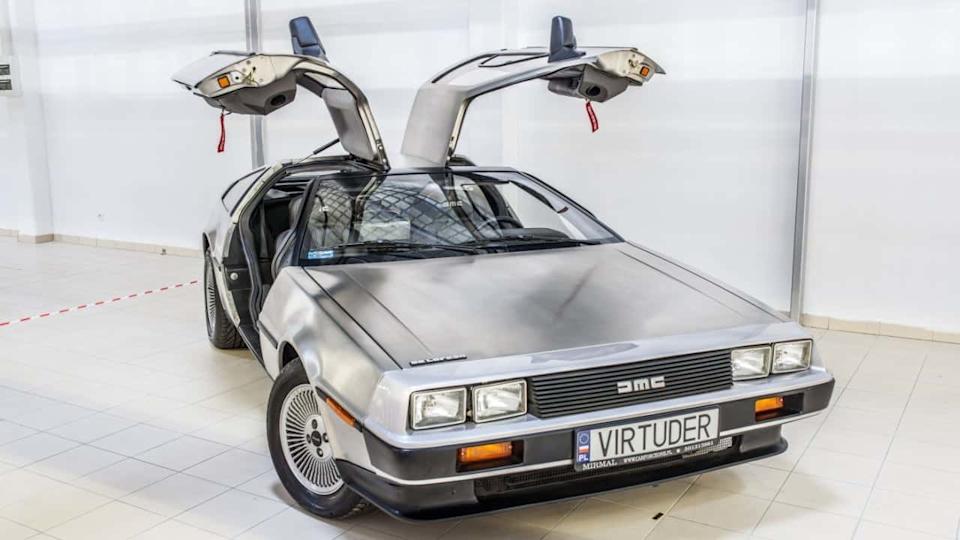
Come on now. You all knew the DeLorean DMC-12 was going to make an appearance here. Despite its undeniable cult status thanks to a certain time-traveling trilogy (which, let's be honest, probably did more for its image than its actual engineering), the DeLorean's failings have been as well publicized as a celebrity meltdown. From questionable funding and lawsuits to truly dismal performance, it was all a bit of a letdown.
Underneath those iconic, brushed stainless steel gull-wing doors (which famously trapped owners inside when the power failed), lay a distinctly wheezy 2.85-liter Peugeot-Renault-Volvo (PRV) V6 engine churning out a mighty (and we use that term loosely) 130 horsepower. According to Car & Driver's original test, 0-60 miles per hour took a leisurely 10.5 seconds, which meant your grandmother's Buick could probably beat you off the line. So much for hitting 88 mph in a hurry!
John DeLorean did almost everything right in terms of marketing and vision, and while the end product fell spectacularly short of the mark as a top-tier sports car, it will forever remain a pop culture icon. Just don't ask it to outrun anything more threatening than the neighborhood troublemaker on a bicycle.
Ferrari 400

Yep, even the hallowed halls of Maranello have produced some stinkers, believe it or not, and the Ferrari 400 is particularly... odorous. This 2+2 coupe, designed to be a more practical, grand-touring Ferrari, didn't look particularly good (it had more angles than a geometry textbook, and not in a good way), and it certainly didn't go much better either. Its biggest sin? Being saddled with an optional, truly lazy three-speed BorgWarner automatic transmission. Yes, a Ferrari with a slushbox that could be found in a contemporary Chevy Caprice. Sacrilege!
While it did pack a glorious 4.8-liter (later 5.0-liter) Colombo V12, the automatic's lethargy meant 0-60 mph times were in the mid-8-second range — respectable for a family sedan, but for a Ferrari? That's about as exciting as watching paint dry. Ferrari should have respected its own "400" badge (a nod to the elegant 400 Superamerica of the '50s) and let it rest in peace instead of resurrecting it for this sub-par Prancing Horse.
It's the automotive equivalent of a Michelin-starred chef serving up a microwaved burrito.
Mitsubishi Eclipse
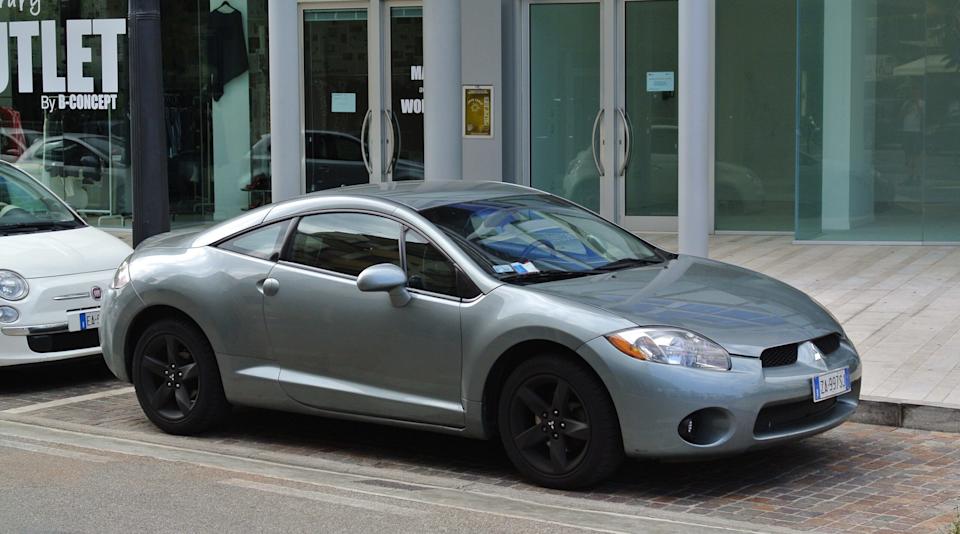
When we talk about the Mitsubishi Eclipse, we're looking specifically at the fourth-generation (2006-2012) here, because that's when things really went downhill (faster than this car would go down a hill, truly). While it may have looked sporty enough from a distance, like a vaguely athletic blob, the 2.4-liter four-cylinder under the hood of the GS model produced a paltry 160 hp, according to Car & Driver. Some would say "not enough." We would say "actively disappointing," especially for a car trying to claim "sports car" status. Even the V6 GT model, with its 263 hp, felt like a shadow of the DSM legends that came before it.
With so many truly excellent Japanese performance cars to choose from (look at the Mazda MX-5 Miata, the Honda S2000, or even Mitsubishi's own Lancer Evolution!), the fourth-gen Eclipse felt, well, rather eclipsed by its peers. It traded its performance heritage for a bland, bloated design and a severe lack of personality.
Cadillac Allanté
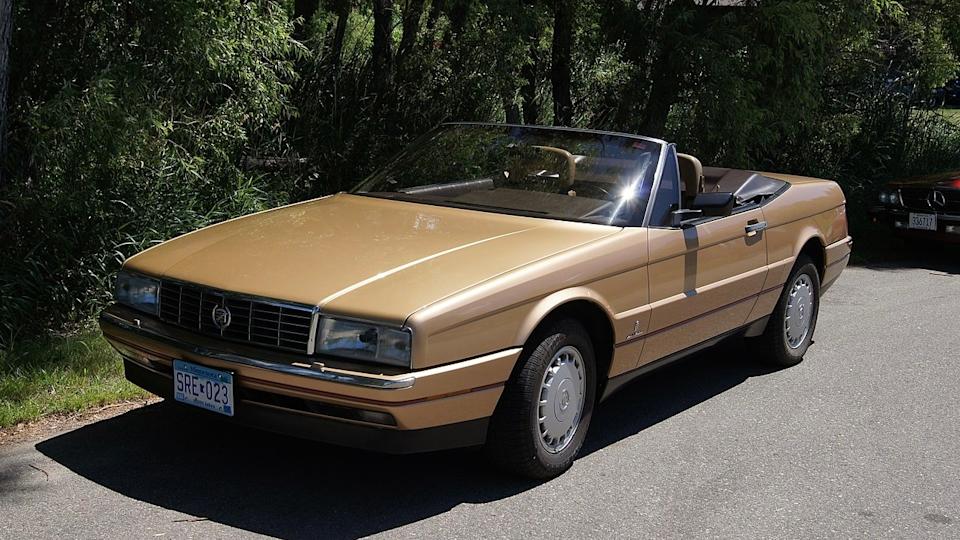
The Cadillac Allanté was GM's grand attempt to take on the Mercedes-Benz SL and truly play in the luxury roadster big leagues. Designed by the legendary Italian design house Pininfarina, it certainly looked about as '80s as they come, complete with sharp angles and a distinct profile. Billed as GM's flagship two-seater, it had a sticker price that made wallets weep: a staggering $54,700 in 1987, according to Hagerty, which translates to over $140,000 today. That was too rich for most people's blood, especially for a Cadillac.
But the price wasn't the only issue. Combine that hefty tag with particularly lazy performance from its 4.1-liter V8 (170 hp initially, later the Northstar V8 with up to 295 hp) and a convoluted production process that involved flying bodies to Italy and back to Detroit, resulting in early quality control issues, and the Allanté wasn't the breakout car everyone had hoped for. It’s the kind of car that looked great in the showroom but spent more time in the service bay than on the open road.
Almost cool, but just too much Catera DNA.
Pontiac Fiero
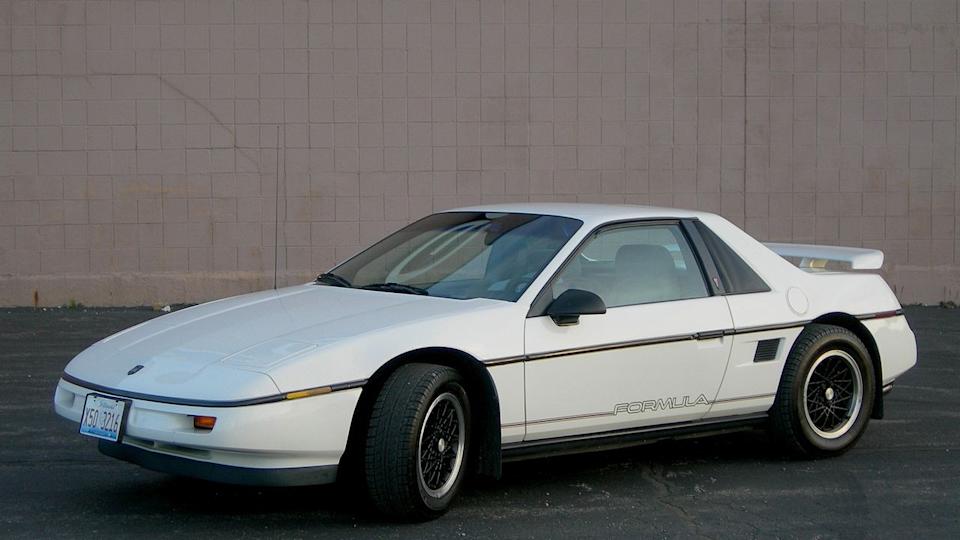
Like an interviewee who has completely lied on their resume in order to secure the job (and then spent the entire interview sweating), the Pontiac Fiero was a bit of a con artist. It certainly looked pretty sleek, with its mid-engine layout promising exotic performance. But its base 2.5-liter 'Iron Duke' four-cylinder engine was woefully underpowered, churning out a pathetic 92 hp. That's less than most modern riding lawnmowers! And even the optional 2.8-liter V6, while an improvement, still wasn't going to set any speed records.
Despite being the first mass-produced mid-engine car by any American manufacturer, as reported by Road & Track magazine (a fun fact that rarely comes up in Fiero conversations), the Fiero will, unfortunately, forever be remembered as a bit of a flop. Especially in its early years, it gained an unfortunate reputation for spontaneous combustion due to engine fires.
So, not only was it slow, it might also light itself on fire. I can't imagine a lamer way to die.
Maserati Biturbo
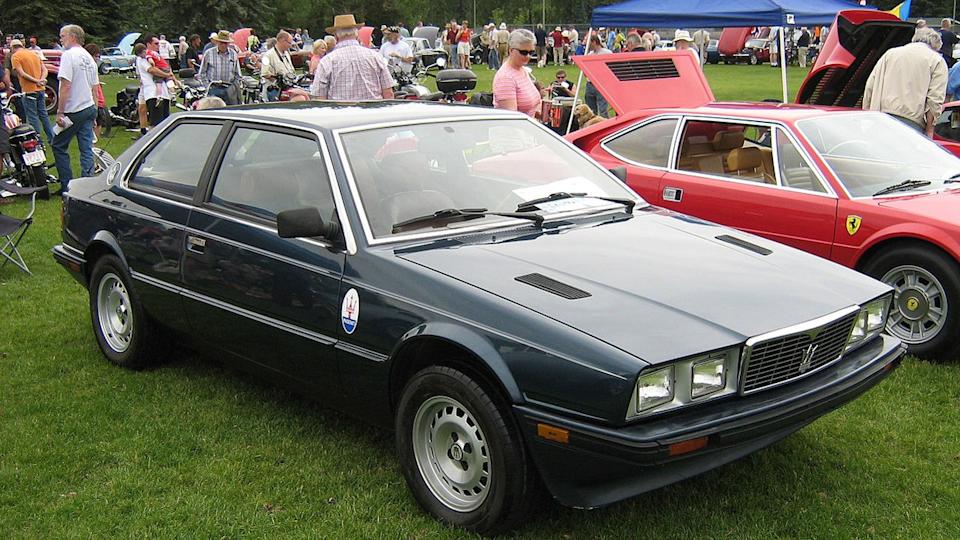
If you stare long enough at one of these, you might actually be able to see it rusting in real time, like a hyper-lapse video of decay. This car, launched in the early '80s, was an ambitious attempt by Maserati to produce a more "affordable" luxury performance car. And yes, it was "affordable" for a reason.
Combine rampant corrosion (these things dissolved faster than an Alka-Seltzer tablet in acid) with shoddy build quality that made a Lada look well-engineered, less-than-ideal performance credentials (despite the twin-turbo V6, it often felt sluggish), and some truly glaring reliability issues that could bankrupt a small nation, and you'll begin to realize why it's on this list. It’s the car equivalent of a supermodel who chain-smokes and lives on a diet of fried food.
The Maserati Biturbo was marketed as affordable for a reason: because you'd spend the difference (and then some) on repairs and rustproofing. Or just crying.
Panther 6

Remember the Tyrrell P34? That bonkers six-wheeled Formula One car that was actually pretty good and won races? Yeah, well, the Panther 6 wasn't, despite its insane specs. This absurdly ambitious project featured a mid-mounted, twin-turbocharged 8.2-liter Cadillac V8 (that's right, a Cadillac V8 in a British supercar!) developing an alleged over 600 hp and boasting a claimed top speed of over 200 mph, according to the official Panther Car Club. These must be the weirdest and most interesting people you'll ever meet at a car show.
The Panther sounds like a beast, right? Well, there was a problem. The 200 mph claim was never substantiated. Like that guy at the bar telling tall tales about his car, it was all talk. And while the Panther 6 may be a genuine head-turner (mostly because people were trying to figure out if it was going backward or forwards), it was never put into meaningful production, with just two examples ever built. It's the ultimate example of "more doesn't always mean better," especially when you add two extra wheels that don't really help.
Mitsuoka Orochi
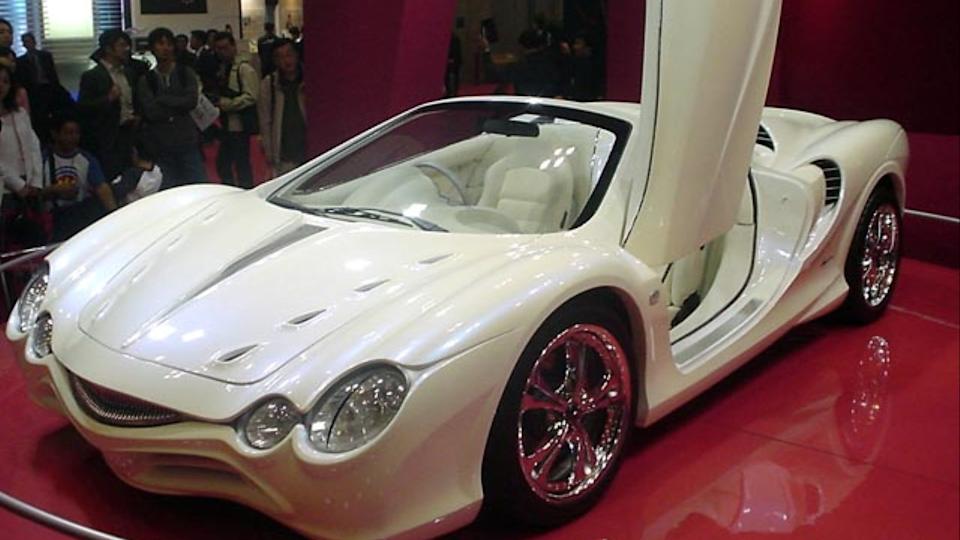
Okay, we all know Japan can produce excellent, reliable sports cars that still manage to excite us. Just look at the Mazda MX-5 (the best-selling roadster of all time for a reason — told you!) or the legendary Honda NSX (an actual supercar killer). The Mitsuoka Orochi, which translates to "huge serpent," attempted to replicate this winning formula but failed rather spectacularly, primarily due to its underwhelming 3.3-liter Toyota V6 engine, which produced a frankly modest 231 hp.
That's barely enough to get out of its own way, let alone live up to a "huge serpent" moniker. It's more like a particularly grumpy slug.
And let's not even start on the looks. Designed to be "fashionably ugly," it achieved "just plain ugly" with alarming success. Earning just two stars from Auto Express in 2007, the Mitsuoka Orochi is more lungfish than leviathan, a bizarre aquatic creature rather than a sleek predator. It's the kind of car only its mother could love, and even then, she might be faking it out of fear. I personally think it has some charm, but I can see some kids having nightmares about this car after seeing it at a show.
Ferrari Mondial
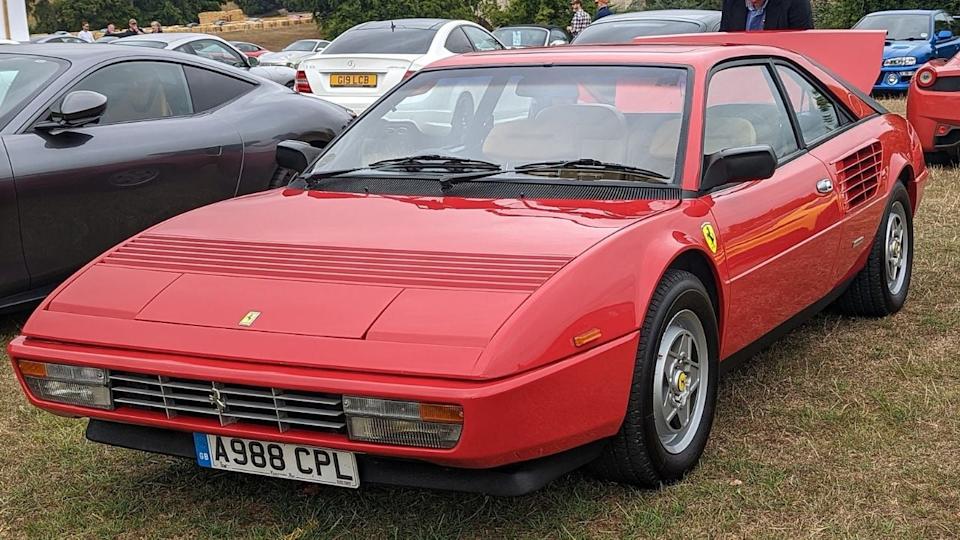
With a face for radio and a voice for print, the Ferrari Mondial is, well, a Mondial. Although often cited as one of the cheapest and most accessible Ferraris out there (for a reason!), it's still pretty sub-par when compared to most other Maranello models. Its Pininfarina design was, by Ferrari standards, quite bland, and its performance was equally uninspiring for the badge it wore.
Car & Driver derided the Mondial in 1981, criticizing the car's looks and lethargic performance, including its rather sluggish 0-60 mph time of 9.3 seconds for the early Mondial 8 model. That's about as fast as a modern family SUV. We can't help but agree with their assessment all these years later.
It's the Ferrari that makes other Ferraris look good, the automotive equivalent of a gifted student who just can't be bothered to try.
Triumph TR7
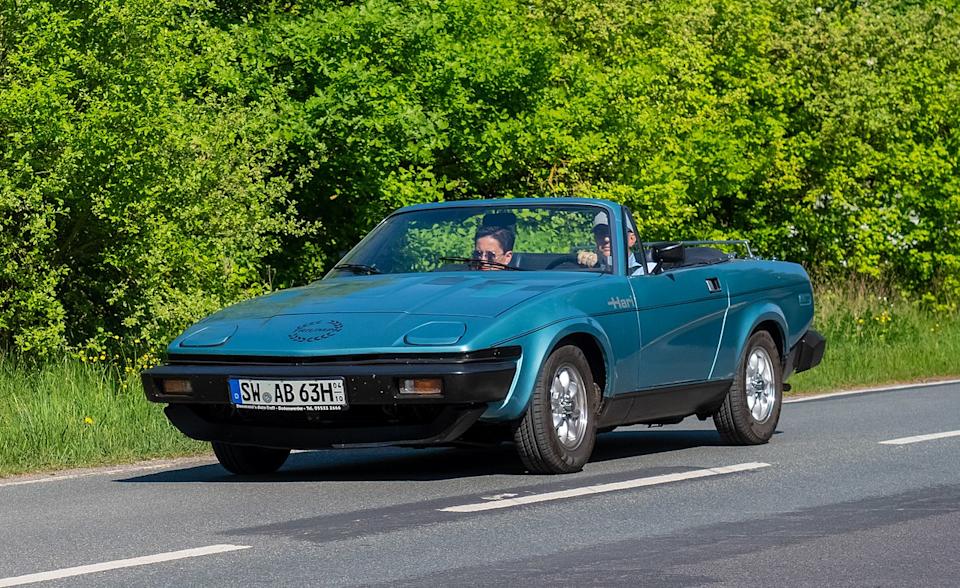
The TR series of Triumph sports cars has perennially been both revered and respected in equal measure, known for their classic British roadster charm. That is, until 1975 and the introduction of the TR7 — a car ruined (like many others) by those oh-so-pesky safety regulations and a severe case of "styling by numbers." When we were younger, the pop-up headlights were blinding us to the harsh reality.
Its already divisive, wedge-shaped looks were compromised by that god-awful, protruding front bumper, which resembled a bad orthodontic appliance, and the car was down two cylinders compared to the throaty six-pots of the previous TR6, meaning it didn't perform particularly well either.
Initially powered by a 2.0-liter four-cylinder making a mere 92 horsepower (for the US market), it was slow, uninspiring, and often plagued by build quality issues. Even the later TR8, with its Rover V8, couldn't save its reputation. It's the car that makes you wonder if anyone at the factory actually liked cars.
Datsun 280ZX
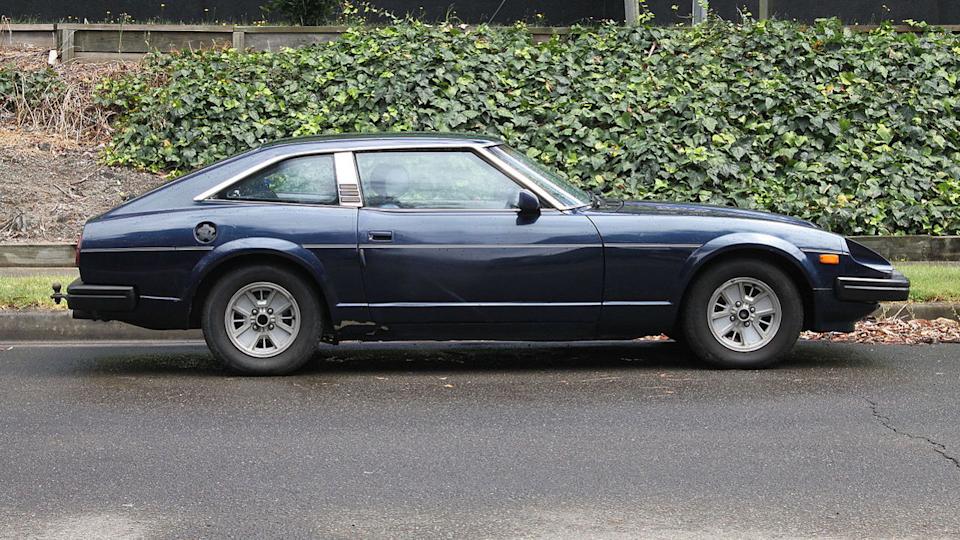
How the mighty have fallen. The Datsun 280ZX was a heavier, arguably uglier, and certainly more cumbersome version of the excellent 240Z and 260Z that came before it. It simply couldn't match the sporting characteristics of its older brother, which were pure, unadulterated driving machines. A tragic victim of increasingly stringent emissions regulations and a push for more "luxury," the six-cylinder engine in naturally aspirated form could only manage a paltry 130-ish hp, as reported by Car & Driver magazine. That's a roughly 20 hp decrease from the original 240Z, despite a larger engine!
It gained weight, lost its sharp handling, and became more of a comfortable cruiser than a nimble sports car. If you're after a classic Z car that thrills, then for the love of all that is holy, look elsewhere. We recommend about a decade earlier... or maybe close your eyes and pretend it's a 240Z.
Vector M12
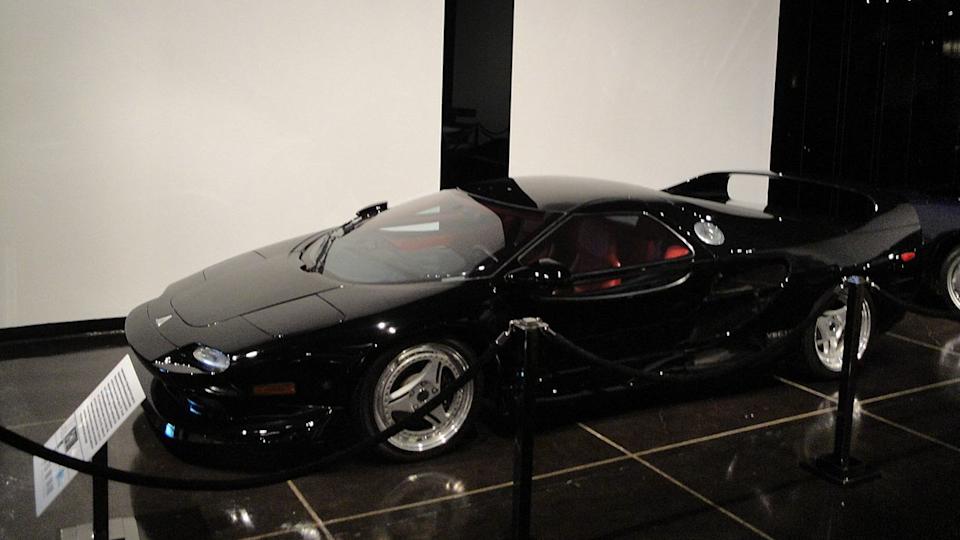
Declared as "the worst car in the entire world" by none other than Top Gear's Jeremy Clarkson (and when he says it, you know it's bad), the Vector M12 wasn't altogether a brand new model, technically speaking. The M12 was fundamentally based on a Lamborghini Diablo chassis and featured that car's glorious 5.7-liter, 500-horsepower V12 engine. On paper, it sounded like a dream, a true American supercar with an Italian heart. It also looked awesome, with a futuristic shape that looked sort of like a flattened flying saucer.
While its performance credentials were never in doubt (it was, after all, a Lamborghini underneath), unfortunately, its build quality was — and it was horrendous. Panel gaps the size of the Grand Canyon, electrical gremlins that would make a Lucas electrics engineer blush, and an interior that felt like a cheap kit car rather than a six-figure exotic. Although super rare (only 17 were ever built), the M12 is widely regarded as a pretty lousy effort, a shining example of how not to build a supercar.
It's like having a Ferrari engine in a Yugo. Except it'd look sick sitting in your garage (it's not like anyone has to know how lame it is once it starts driving).
Despite Their Flaws...
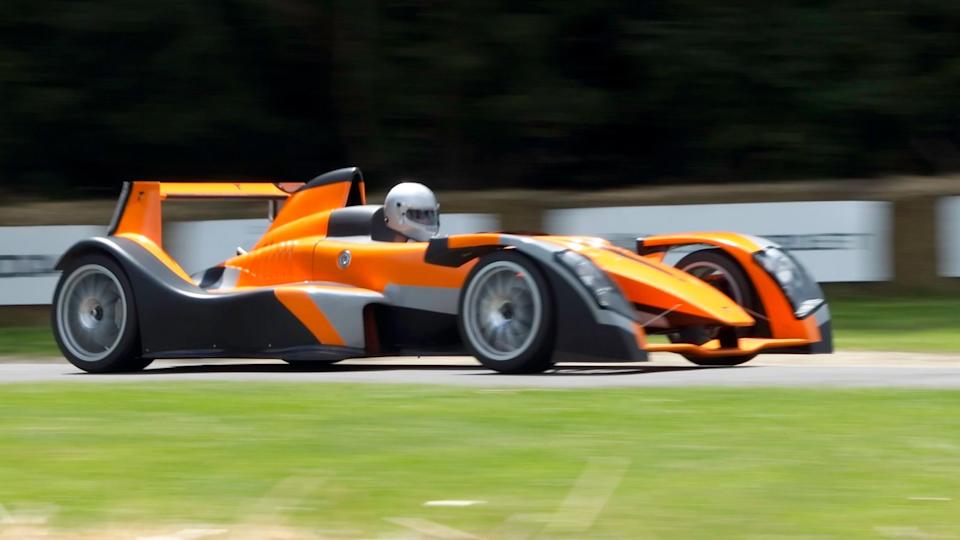
Okay, okay, these may be considered terrible sports cars compared to many of the automotive greats, the Bugattis, Porsches, and classic Corvettes of the world. But let's be real: all of the cars on this list are still infinitely more exciting, and indeed more inspiring, than any modern, soulless, run-of-the-mill econobox you see clogging up the highways today. At least these cars tried to be something special. They filled our imaginations as kids due to their striking looks and fantasies of racing them down the highway.
Unfortunately, most of them would make for a pretty boring night drive. Still, there are plenty of fans who don't mind that these sports cars didn't live up to the excitement in our dreams every time we stared at one in a magazine. I'm telling you, nostalgia is one heck of a drug. These sports cars still have a cult following that enjoys their innovative designs and unique looks, even if the car community as a whole moved on decades ago.
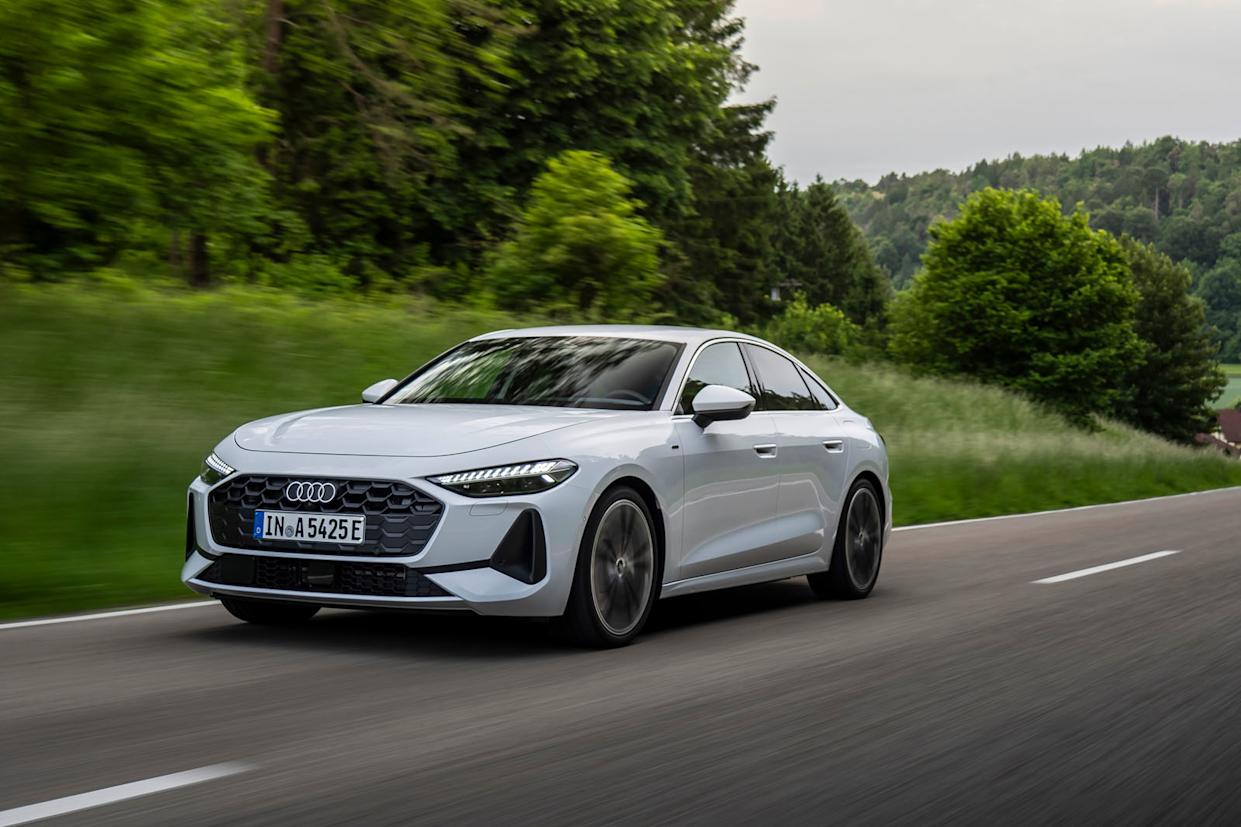
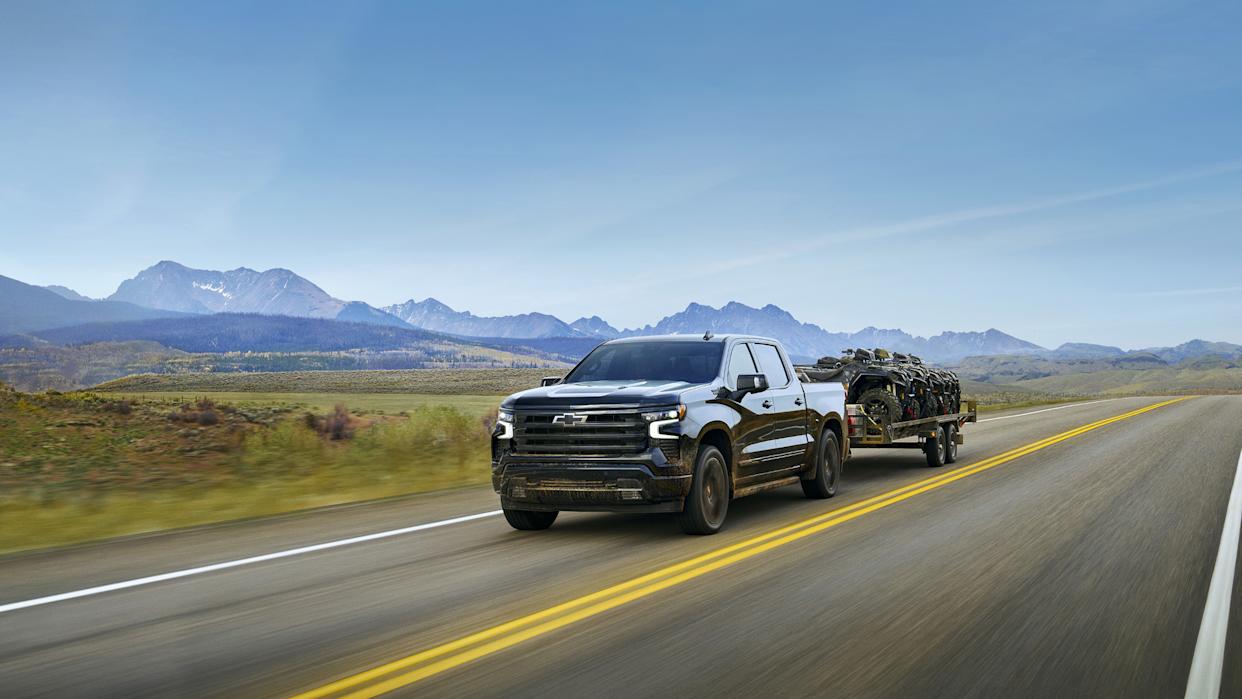
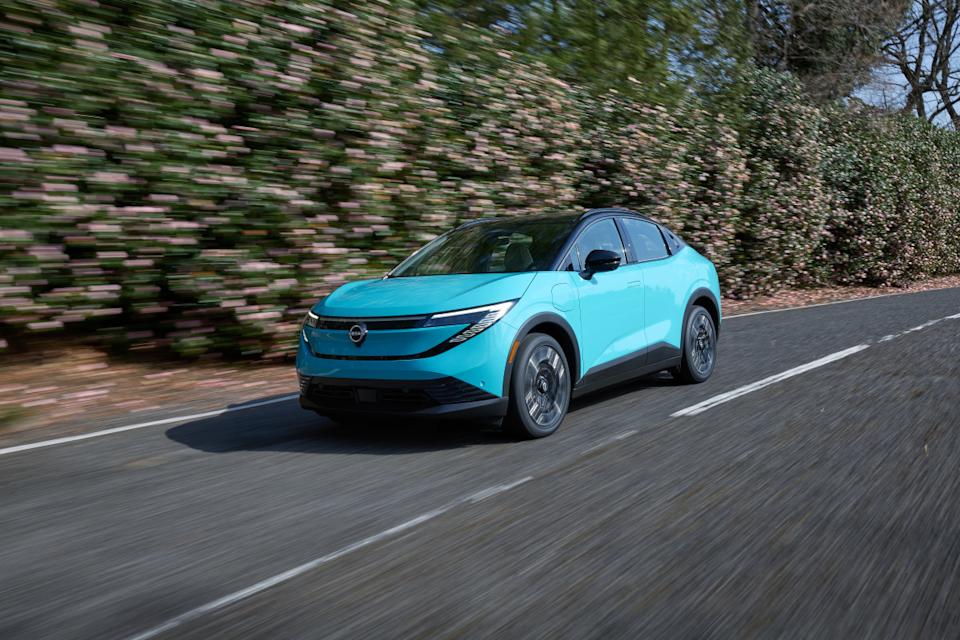
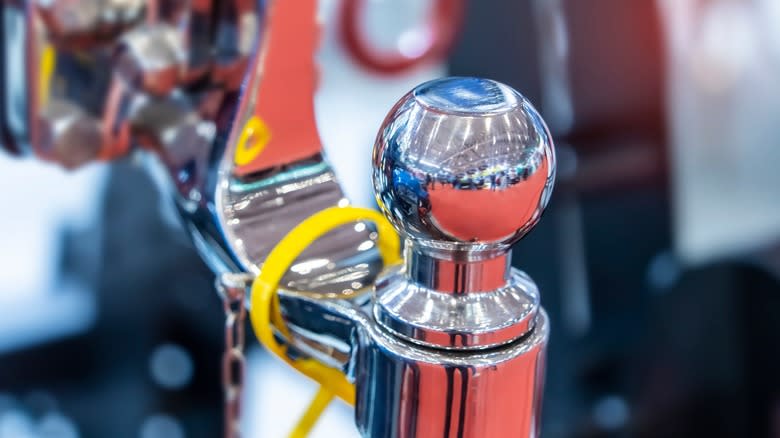
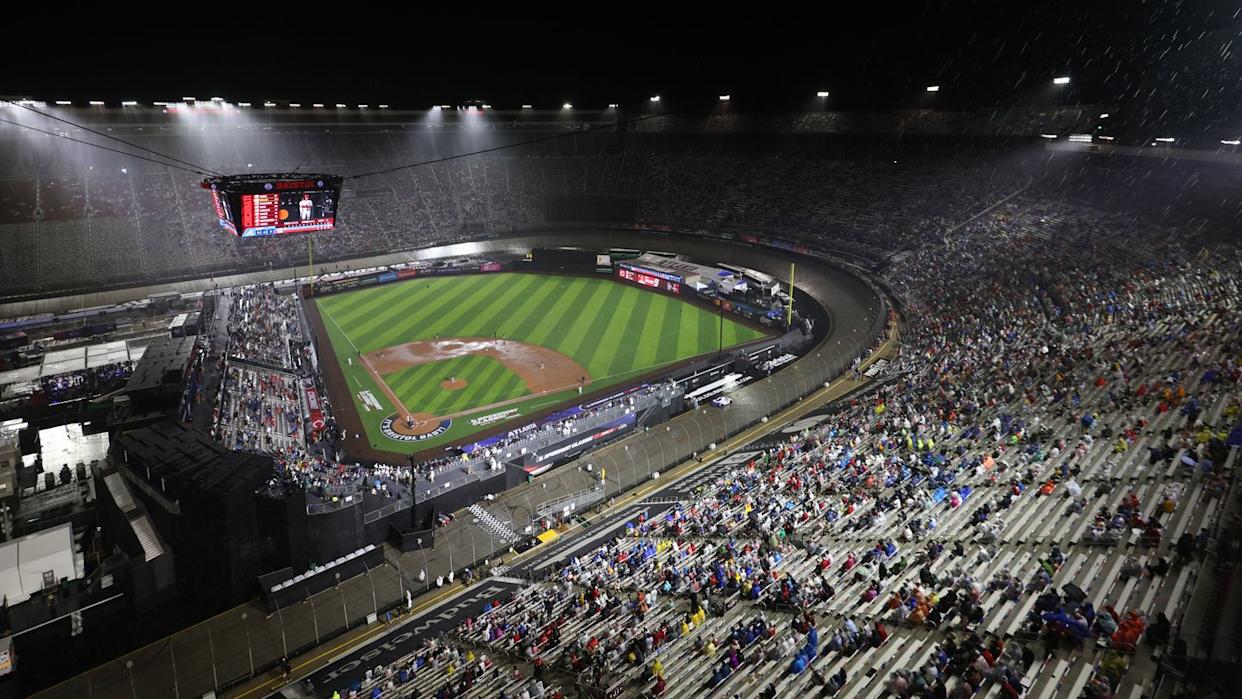
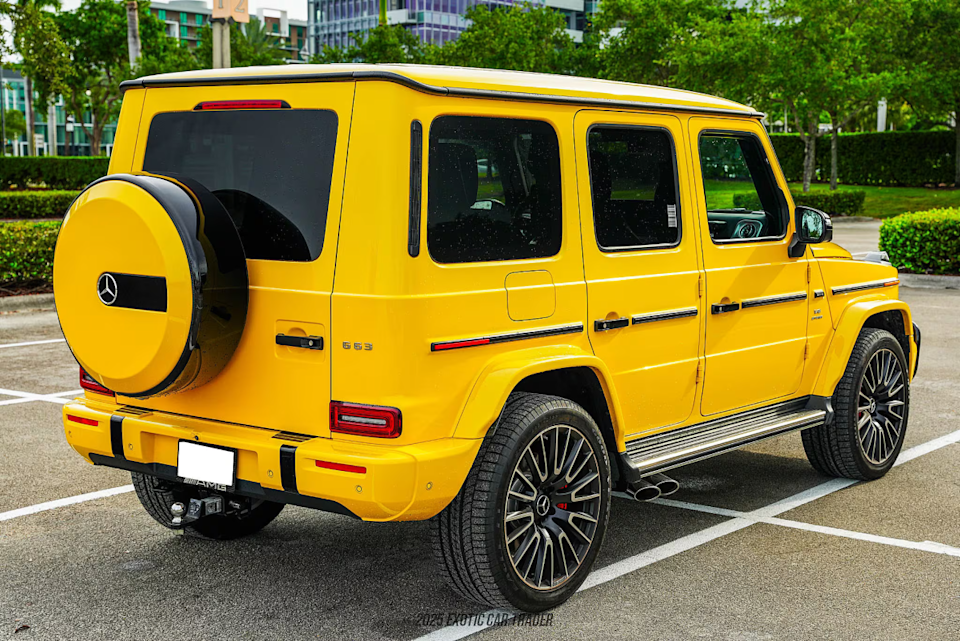
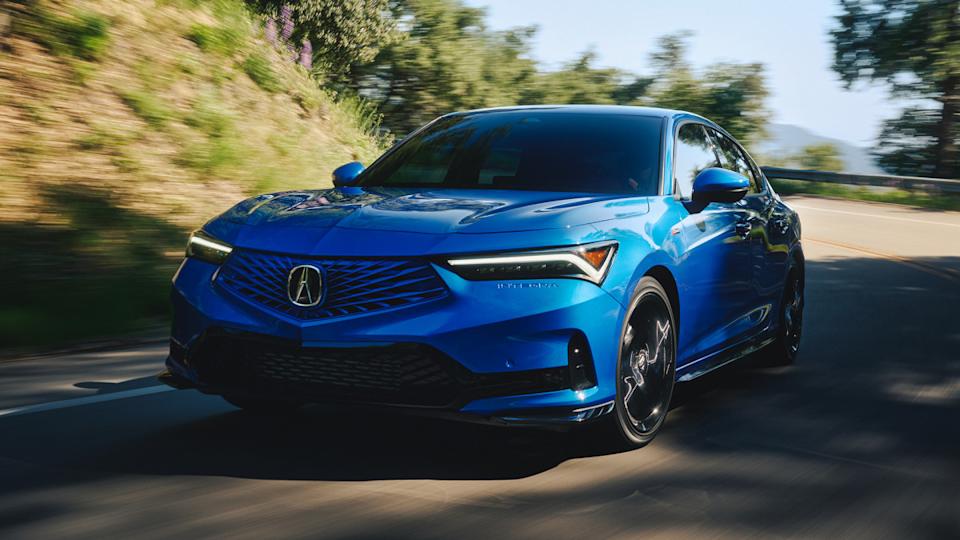
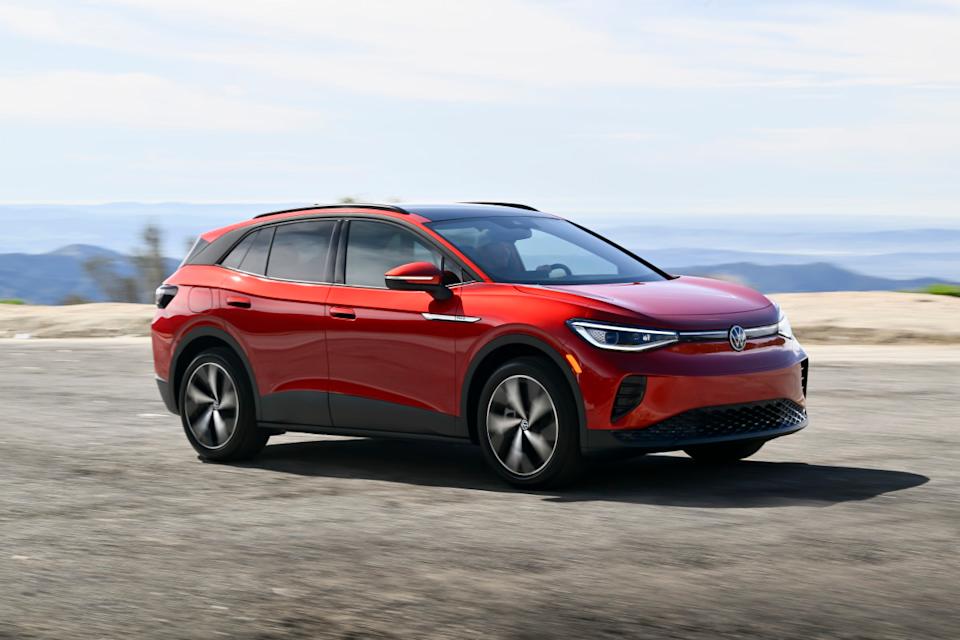
Comments